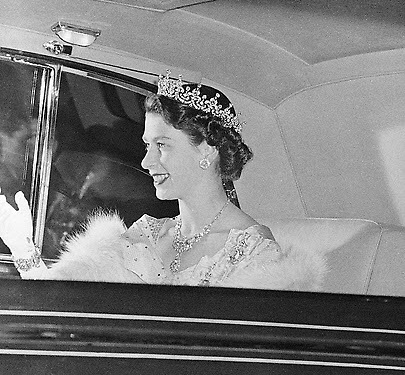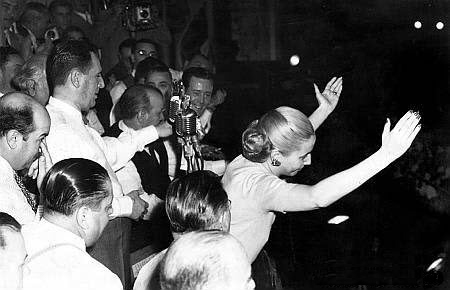|
|
Plinio Corrêa de Oliveira AMBIENCES, CUSTOMS, CIVILIZATIONS
Two Styles, Two Ways of Being
"Catolicismo" N. 13 - January 1952 |
||||
|
In 1951, Princess Elizabeth, heiress of the throne of England, and Eva D. Peron, wife of Gerald Peron, president of the Argentine Republic, were indisputably the two most outstanding feminine figures in international political life.
One and the other, the Princess and the “leader” of the “shirtless," represent ideas, principles, and different worlds, which at times clashed consciously and violently, sometimes imperceptibly but permanently in every country. * * * Comparing then these two feminine figures considered, not personally but as types, is not comparing two nations, but two ways of being that exist in all countries. Would it be comparing two social classes? Not necessarily, because both “styles” can be found from the top to the bottom of the social ladder. For example, consider how Blessed Anna Maria Taigi, a simple cook employed by the Colonna princes in Rome in the nineteenth century, attracted the attention of passersby, not only by her piety but by her venerable bearing. One might also consider how all know poor rough inhabitants in the hinterland of our country presiding over the lives of their families with the nobility of the patriarchs of old. * * * We insist: what stands out in this comparison is the difference between two “styles”- two ways of being. Note: This article has been translated and adapted for publication without the author's revision. –Ed. TFP Student Action |
|||||



